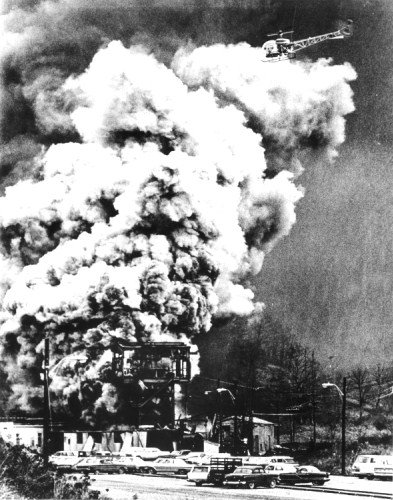On the morning of February 6, 1915, life in Carlisle, West Virginia, began as usual. One hundred and seventy-three coal miners gathered at the mouth of the Carlisle Mine in Fayette County, ready for another day of work deep underground. But for twenty of them, that day would be their last.
As the miners descended 450 feet into the mine, fire bosses informed them of a gas pocket discovered in room 11 of the fifth left entry. Warnings were given, and danger signals were placed. The message was clear: that area was not safe, so be extra careful.
Yet, despite the warnings, disaster struck. A gas explosion happened in room 11, claiming the lives of twenty miners and seriously injuring another. The force of the explosion was contained enough that much of the mine remained untouched—many workers didn’t even realize what had happened until the order to evacuate came.
Rescue efforts began immediately. Mine Foreman William Bilkinston, already at the bottom of the shaft, sprang into action, while Superintendent William Neal rushed in to assist. The New River Company’s top officials soon arrived, leading the charge in recovering the victims. By noon, the toxic afterdamp had cleared enough to enter the affected section.
What they found was surreal. The two miners assigned to room 11 lay lifeless outside, waiting for further instructions they would never receive. Inside the room, a single miner was discovered—his presence there a mystery, as that wasn’t his assigned area.
Investigators concluded that the explosion was caused by a miner’s open flame lamp igniting the gas. No blasting had taken place that morning, eliminating other possible causes. The explosion, though powerful enough to disrupt ventilation and cut off fresh air, had not spread beyond the fifth left entry.
The bodies were largely intact, with only two burned—a grim indication that afterdamp, the deadly mixture of gases left in the wake of a mine explosion, had suffocated most of the victims.



